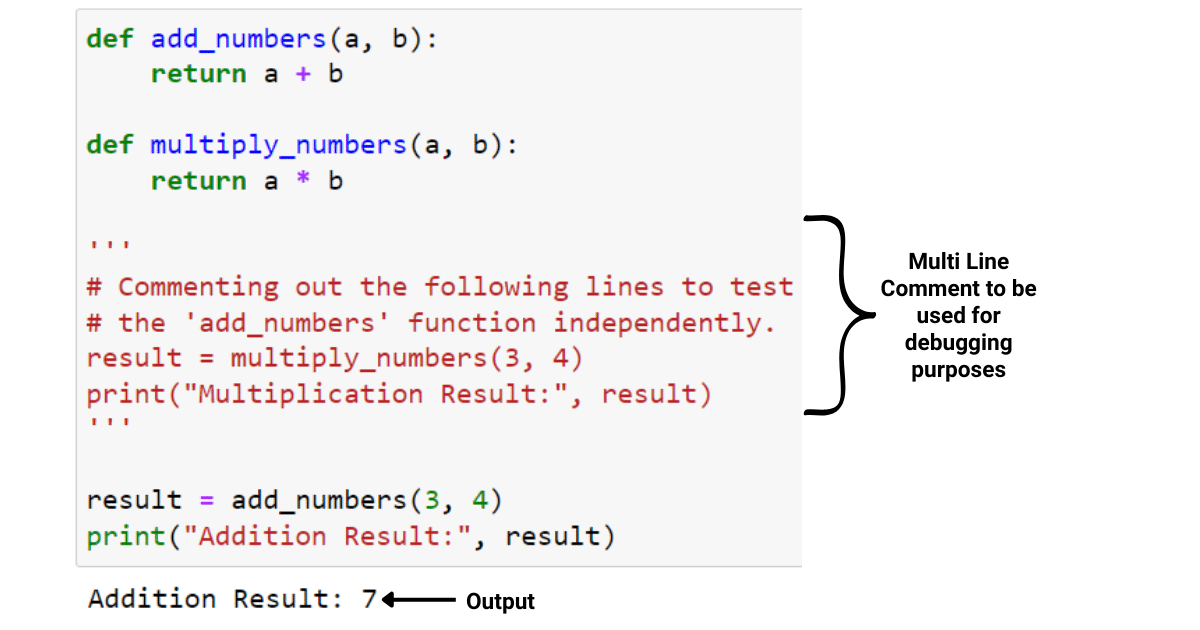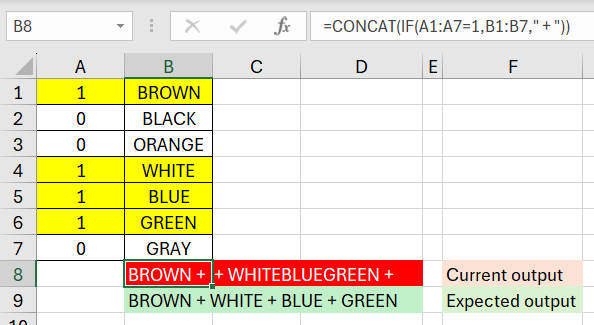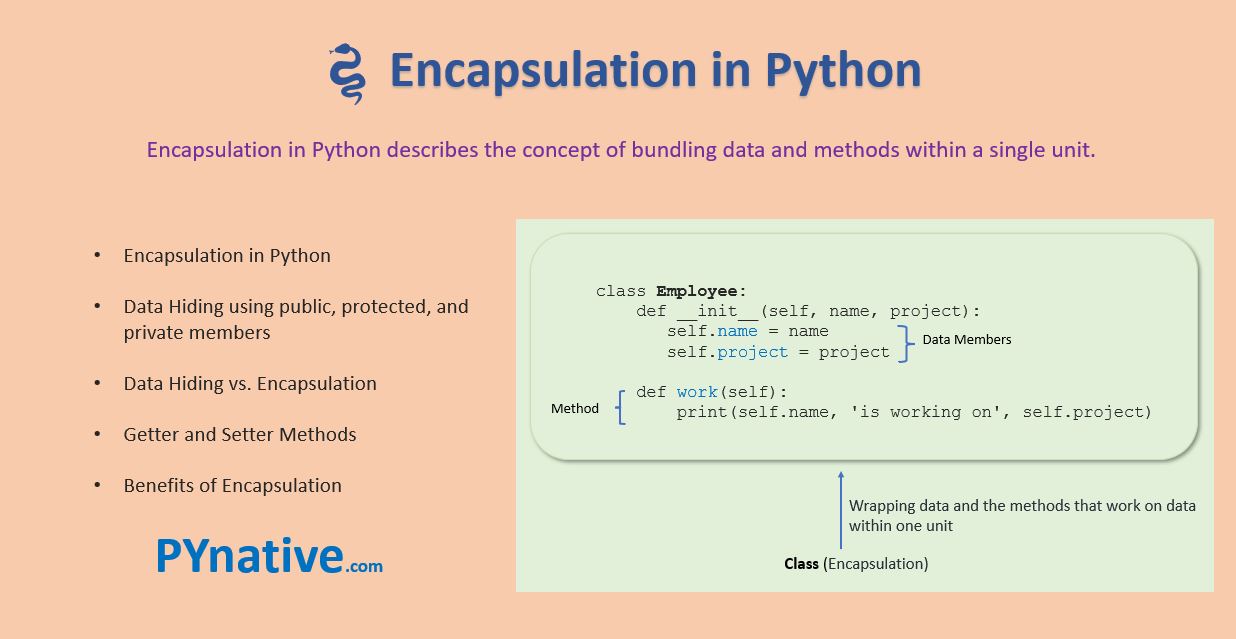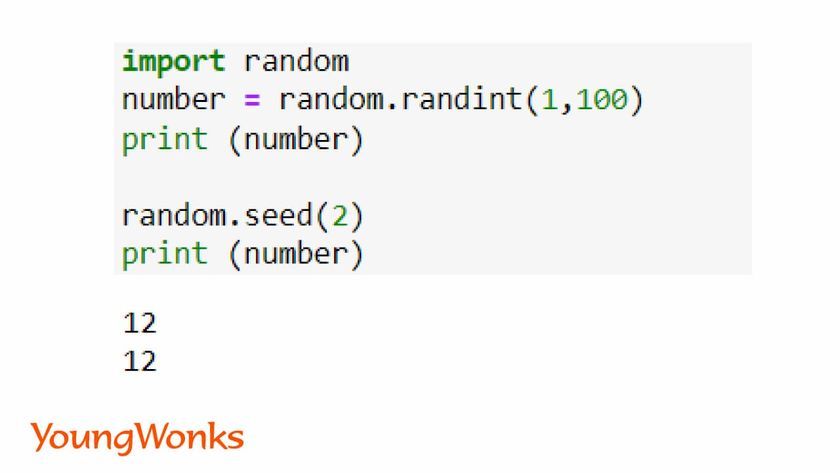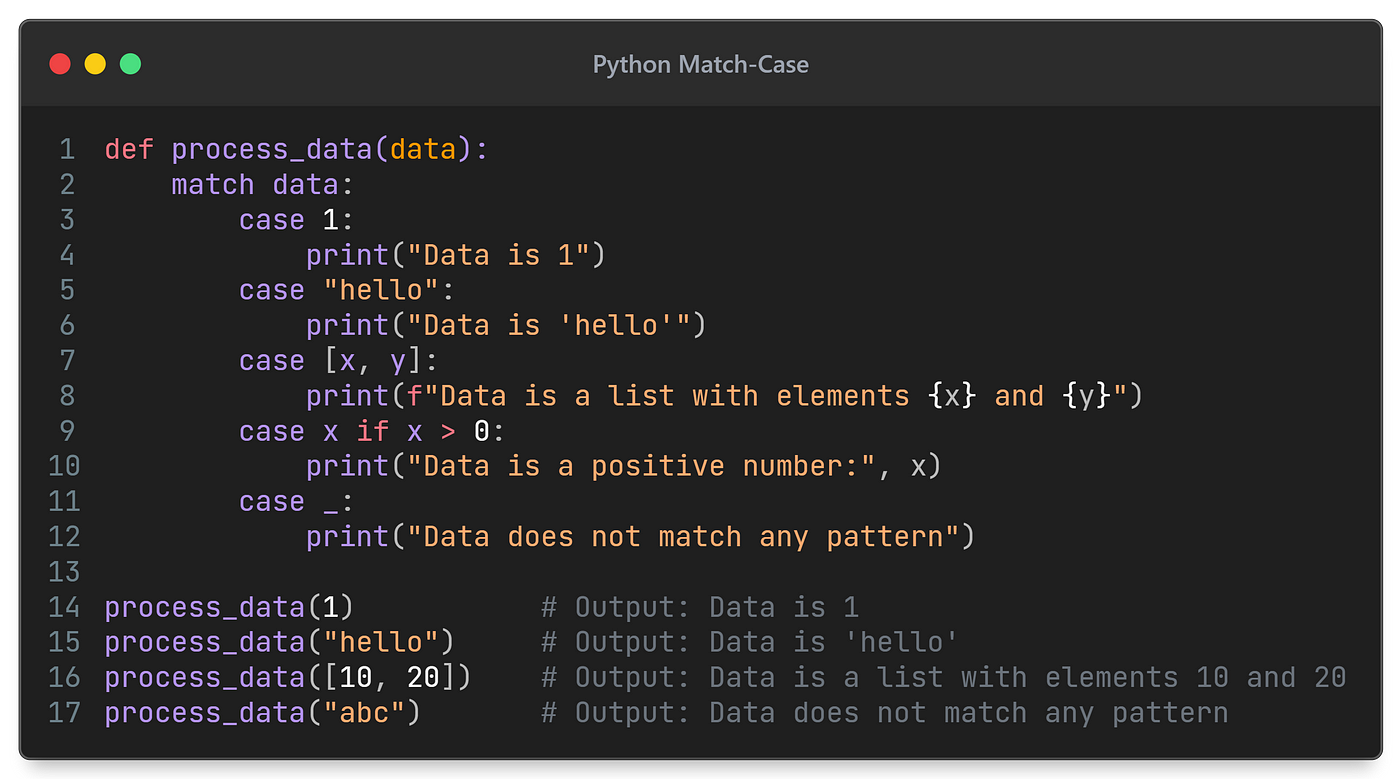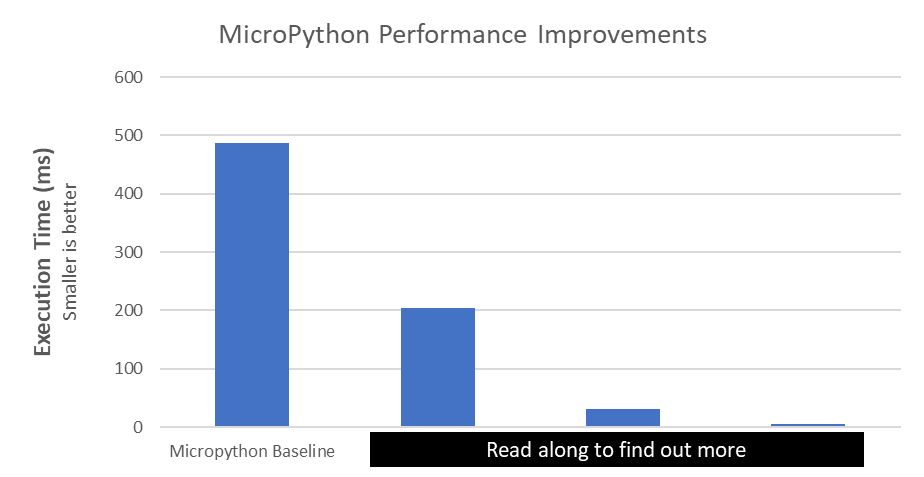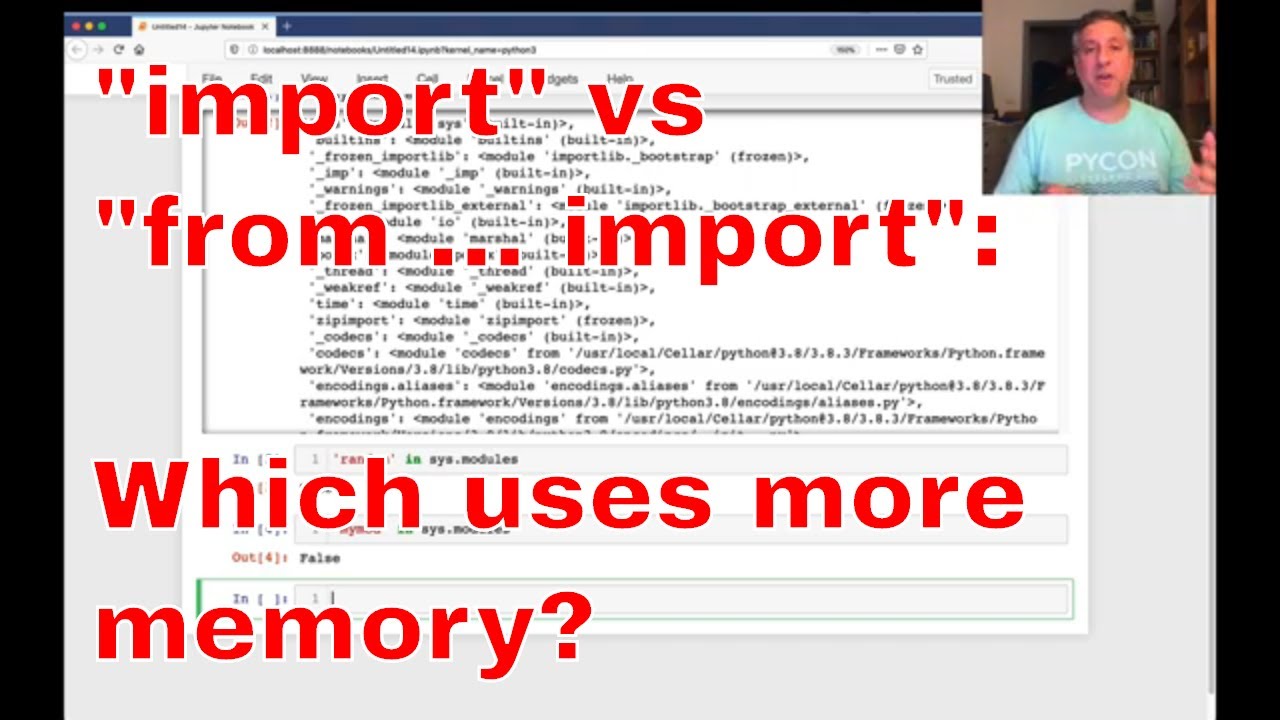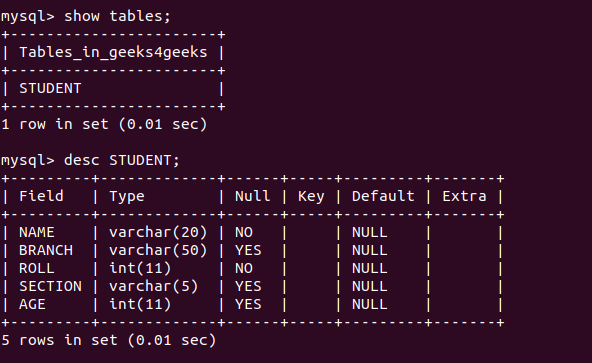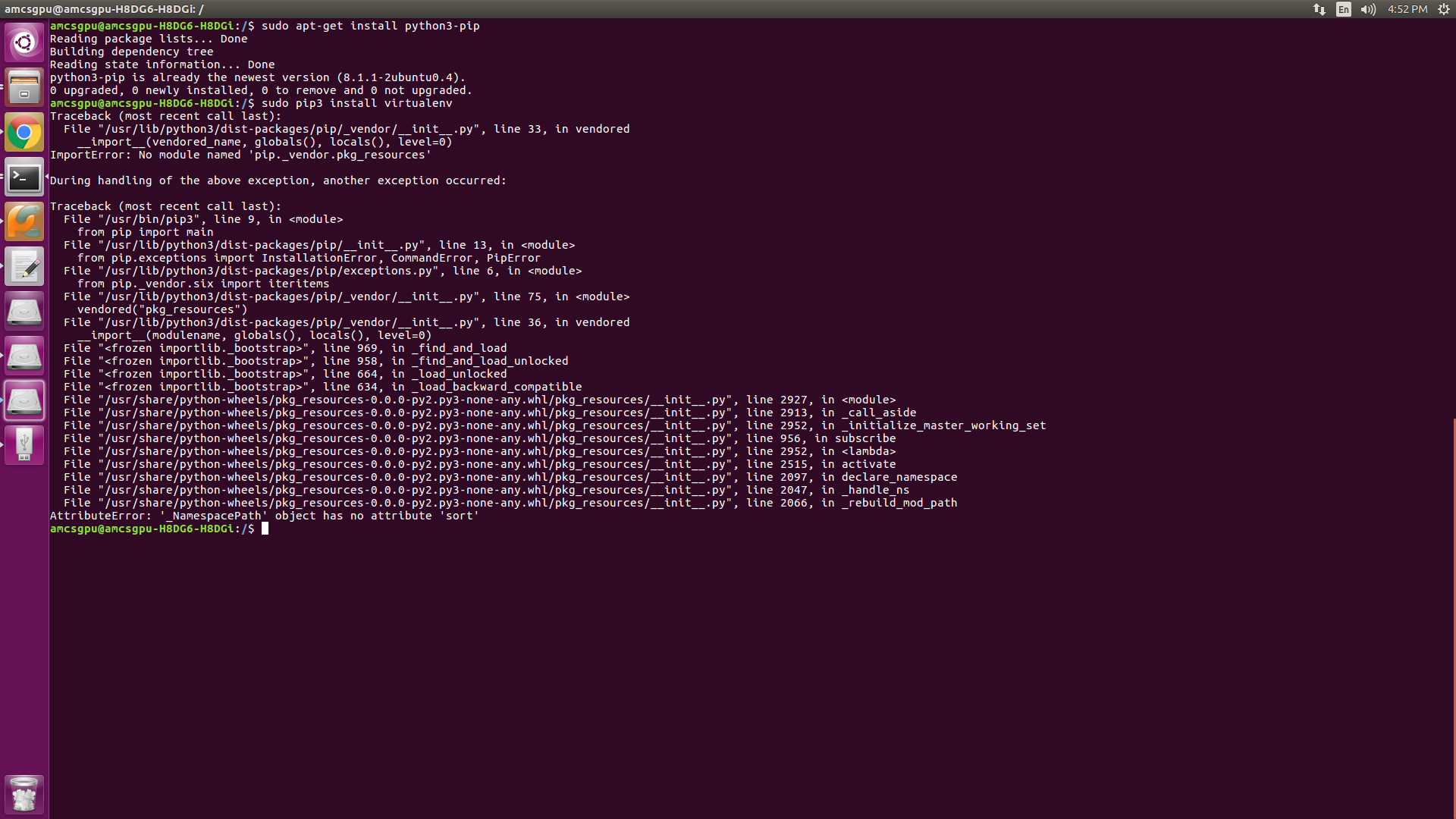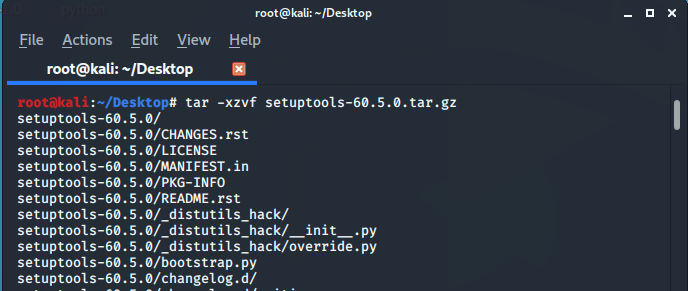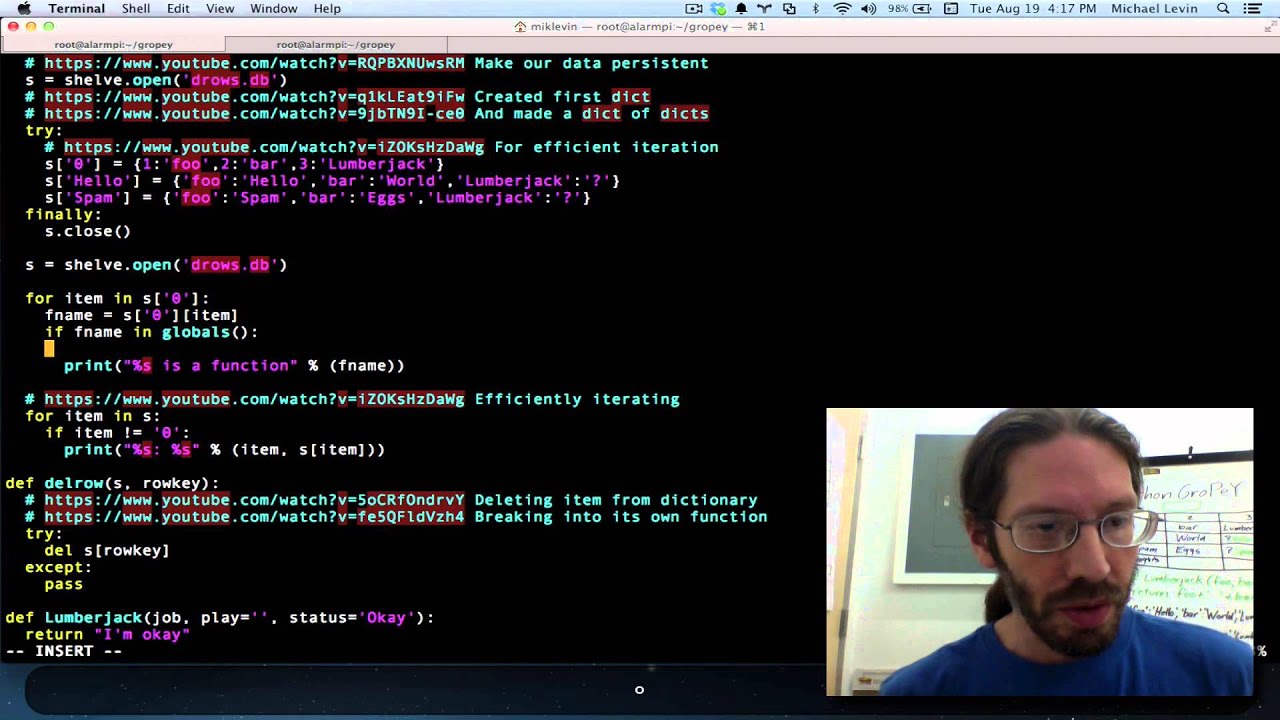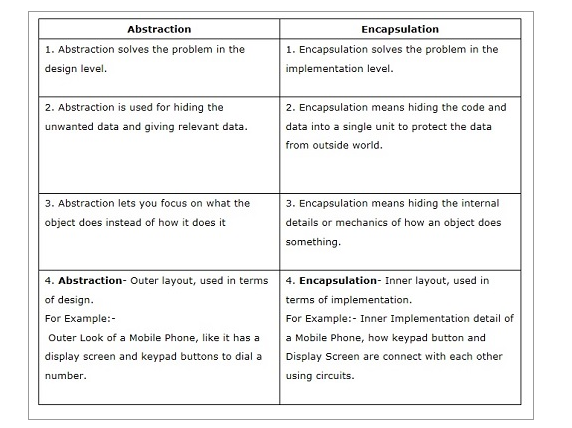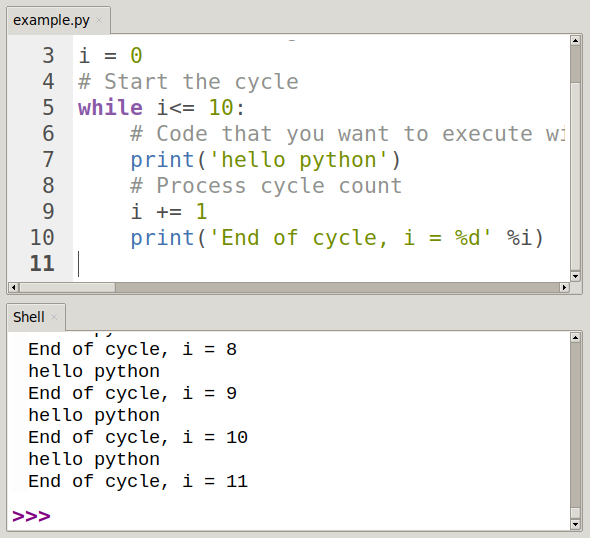Python loops examples
Python loops examples
I'll respond in English as per your request! Here are some Python loops examples:
For Loop
A for loop is used to iterate over a sequence (such as a list, tuple, or string) or other iterable types like dictionaries.
Example:
fruits = ['apple', 'banana', 'cherry']for fruit in fruits:
print(fruit)
Output:
apple
banana
cherry
While Loop
A while loop continues to execute as long as a certain condition is true. It's commonly used for iterating over a specific number of times, or until some condition is met.
Example:
i = 0while i < 5:
print(i)
i += 1
Output:
0
1
2
3
4
Range-Based For Loop
Python's range-based for loop allows you to iterate over a specific range of values.
Example:
for i in range(1, 6):print(i)
Output:
1
2
3
4
5
List Comprehension
A list comprehension is a concise way to create new lists from existing ones.
Example:
numbers = [1, 2, 3, 4]squared_numbers = [n ** 2 for n in numbers]
print(squared_numbers)
Output: [1, 4, 9, 16]
Dictionary Comprehension
A dictionary comprehension creates a new dictionary from existing ones.
Example:
names = ['John', 'Mary', 'Jane']ages = [25, 30, 35]
people = {name: age for name, age in zip(names, ages)}
print(people)
Output: {'John': 25, 'Mary': 30, 'Jane': 35}
Generator
A generator is a special type of iterable that produces values on the fly, rather than storing them all in memory at once.
Example:
def infinite_sequence():i = 0
while True:
yield i
i += 1
g = infinite_sequence()
for _ in range(5):
print(next(g))
Output:
0
1
2
3
4
These examples demonstrate various uses of Python loops. Whether you need to iterate over a sequence, continue until some condition is met, or create new lists and dictionaries, Python's loop constructs have got you covered!
How to master loops in Python?

I'd be delighted to help you with that!
Mastering loops in Python is a fundamental skill for any programmer. Loops allow you to execute a block of code repeatedly, which is crucial for tasks like data processing, game development, and more. In this response, I'll cover the basics of looping in Python, including for, while, and enumerate statements.
For Loop
A for loop iterates over a sequence (such as a list or tuple) and executes a block of code for each item in that sequence. The general syntax is:
for variable in iterable:
do something with the variable
Here's an example:
fruits = ['apple', 'banana', 'cherry']
for fruit in fruits:
print(fruit)
This code will output each fruit name individually.
While Loop
A while loop continues executing as long as a certain condition is met. The syntax is:
while condition:
do something while the condition is true
Here's an example:
i = 0
while i < 5:
print(i)
i += 1
This code will output the numbers 0 to 4.
Enumerate Loop
The enumerate function allows you to loop over both the index and value of each item in a sequence. The syntax is:
for index, value in enumerate(sequence):
do something with the index and value
Here's an example:
fruits = ['apple', 'banana', 'cherry']
for i, fruit in enumerate(fruits):
print(f"{i}: {fruit}")
This code will output the indices and values of each fruit.
Tips and Tricks
Userange: If you need to loop over a specific number of iterations, use range(n), where n is the desired number. Break out when needed: Use the break statement to exit a loop prematurely if necessary. Continue when needed: Use the continue statement to skip to the next iteration without executing the remaining code. Use zip: The zip function allows you to iterate over multiple sequences simultaneously.
Common Pitfalls
Infinite loops: Make sure your loop has a condition that can be met, lest it runs forever! Unnecessary variables: Don't declare unnecessary variables; Python is designed for simplicity. Unclear code: Keep your loop logic concise and readable to avoid confusion.By mastering these basic looping concepts and tips, you'll be well on your way to becoming a proficient Python programmer!
